Tropic Sprockets / At Eternity’s Gate
Bby Ian Brockway
Julian Schnabel a painter and filmmaker and the director of the inspired biopic “Basquiat” from 1996, now turns his eye to the premier painter, van Gogh. This film is more of a visual poem or a spiritual interpretation than a re-creation of events. It is bold, eerie, mysterious and transfixing. Joltingly colorful and confrontational, it is immersive from the first instant of Willem Dafoe’s voiceover.
The film “Eternity’s Gate” has none of Vincente Minnelli’s melodrama and black crows. This is more about van Gogh’s inner life. As a tribute poem, it is a wonderful impression of what the painter means to Schnabel and in relation to us in the 21st century. 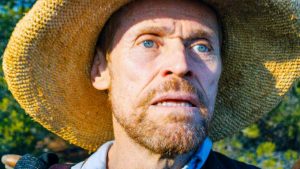
Vincent (Dafoe) is beset by frightening visions. All he wants to do is paint. He has small exhibitions but can’t sell a single piece and the owner says his paintings scare away his business.
At a gathering he meets the slick but impassioned Gauguin (Oscar Isaac) and they become fast friends. Van Gogh is driven by what he actually sees outside in nature, while Gauguin is compelled by what he sees in his imagination, as a removal from nature.
Intimidated by people and pulled outside as if by magnetism, van Gogh paints. A group of children taunt and attack him. Men pummel him with stones. He is like one homeless.
When Gauguin tells him that he is leaving Arles for the speed and commerce of Paris, Vincent howls in sadness.
Then we see the famous bandage around the painter’s head. Refreshingly we are left on our own to conjure the rest of the infamous injury.
Willem Dafoe is perfect in the role. Fortunately, we get enough of the intent without an overdose of painterly melodrama. As Dafoe’s expression is very much a woodcut of sensation and gestural emotion, we feel the man as much as we see him. Bristle-bearded and pale, touched by zinc white with his easel strapped to his back like a cross, Willem Dafoe is van Gogh as Jesus, the painter’s First Man.
As much as there is delight and exquisite flashes of brilliant color in saffron yellows and fields of blue, there is discomfort. The camera moves jerkily, like a photographic insect. In one scene, van Gogh sees a girl and asks to draw her. He confronts the young girl spastically off-balance. Suddenly, van Gogh grabs her forcefully as if taking a piece of furniture or a leg of meat. For a split second, we are uncertain as to whether he is a painter or a violent criminal.
Most every person (except for Gauguin and brother Theo, played by Rupert Friend) is shown in close-up—searching, menacing and aggressive.
Vincent like Jesus was often a man alone.
The wondrous elemental quality of “Eternity’s Gate” is that we begin to feel what the painter himself felt: new shades of color, altered footsteps. A new way of seeing for every painter yet to come.
The final scene showing two costumed kids wrestling with a gun, and not Van Gogh’s suicidal action, feels a declarative commentary on today’s gun violence and rightly so. Even the rapidity of violence, depicting the smashing of fists, hands and the ripping of canvasses is a commentary on the dizzying pictorial speed of our smartphones and a cautionary warning against the invasiveness of the image, past and future.
The mystical screenplay is co-authored by Luis Bunuel’s longtime collaborator Jean-Claude Carriere and is also a meditation on an earthy kind of surrealism.
This is a vibrational and moody reading of van Gogh. As we see voyeuristically, the painter is ultimately boxed in, yellowed and stiff, a commodity for onlookers, a human work of art.
Schnabel, in showing these hypnotic images reveals Vincent to be the first saint, who lived, suffered and painted, seeking a new religion in natural light.
Write Ian at [email protected]
[livemarket market_name="KONK Life LiveMarket" limit=3 category=“” show_signup=0 show_more=0]
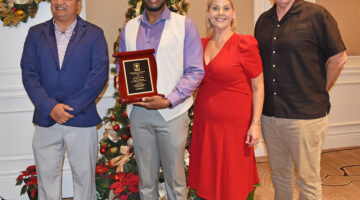

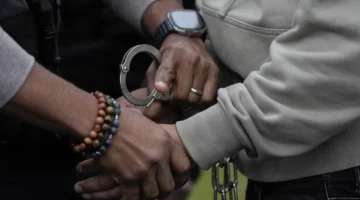
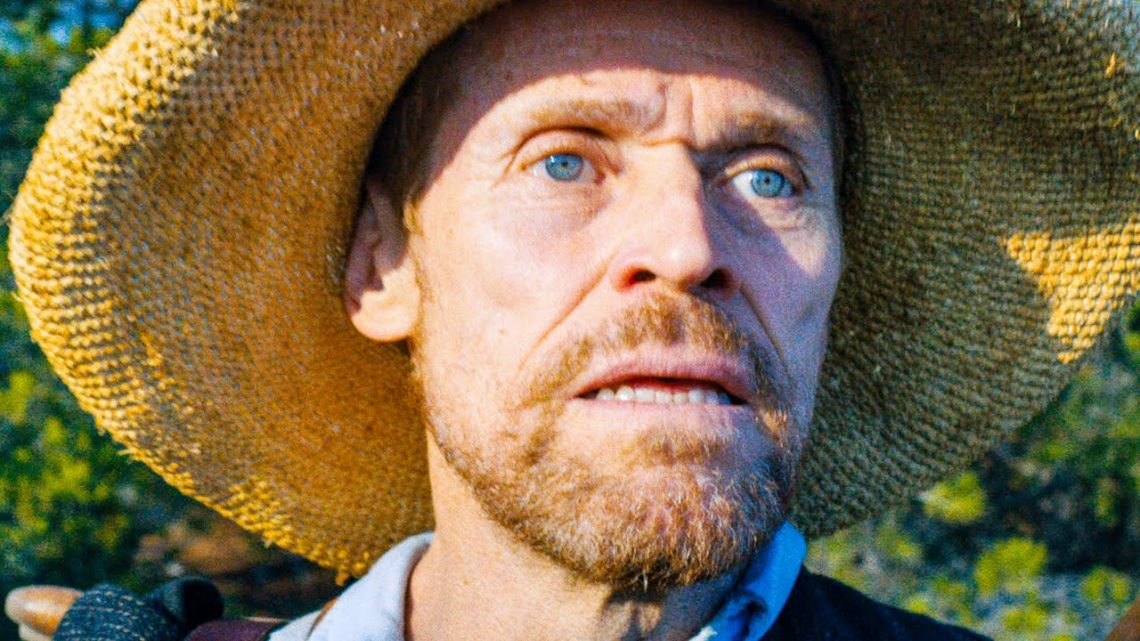

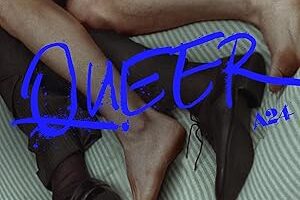

No Comment